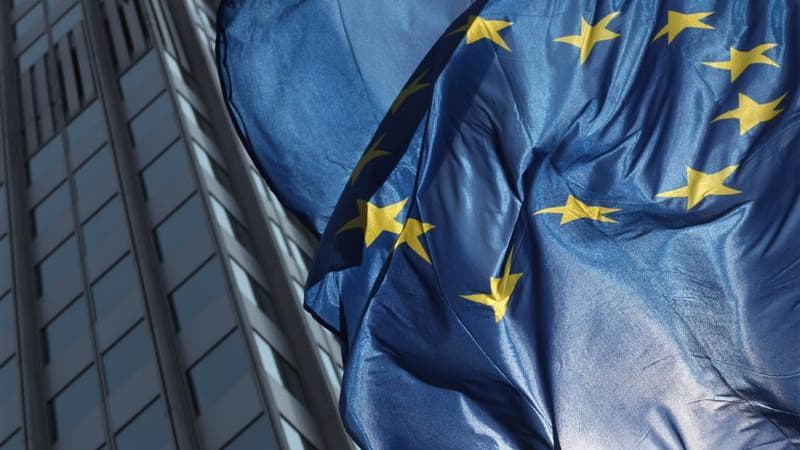Eurozone economic activity accelerated sharply in February, growing at its fastest pace in nine months after picking up again in January, reducing the risk of a recession this winter, according to Flash PMI released Tuesday by S&P Global.
The index, calculated on the basis of business surveys, stood at 52.3 in February. It had recovered to 50.3 in January, ending six months of contraction in activity in the euro zone. A figure above 50 indicates growth in activity, a figure below indicates a decline.
The European economy is resisting the negative consequences of the war in Ukraine, thanks to the relaxation of inflationary pressures since November and a marked improvement in industrial supply chains, with the further reduction of delivery times in February, which favors the manufacturing rebound.
The improvement is shared by the continent’s two largest economies: France’s composite PMI index recovered to 51.6 (from 49.1 in January), while it rose to 51.1 in Germany (from 49.9). . The acceleration is more marked for the rest of the area.
Renewed activity in services
“Growth in economic activity has been much stronger than expected … thanks to a rebound in activity in services and increased production in manufacturing,” notes Chris Williamson, economist at S&P Global. , noting “a strengthening of the confidence of the companies surveyed.
Par ailleurs, après le dérèglement des échanges mondiaux provocé par la pandémie, “la fin des difficultés d’approvisionnement” pour les industriels européens leur permet de mieux négocier le prix de leurs achats, ce qui contribue à réduire l’inflation, explain-t -He.
However, “strong inflationary pressures” persist in the service sector, reflecting “an increase in wage costs,” says S&P Global.
“A source of concern for the European Central Bank (ECB), this trend, combined with accelerating growth, risks being an argument for further monetary policy tightening in the coming months,” warns Mr .Williamson.
The job creation rate has fallen
Since July 2022, the ECB has raised interest rates five times, with the intention of continuing the move into March and even beyond.
It is “a race to the bottom” to bring inflation down to 2%, confirmed on Friday the governor of the Banque de France, François Villeroy de Galhau.
In the field of employment, although the acceleration in activity continues to be reflected in new hires in the private sector, in manufacturing and in services, the rate of job creation has slowed compared to January and remains well below from early 2022 levels.
“This slowdown in workforce growth partly reflects labor shortages, but also a lack of economic visibility,” S&P Global said.
Source: BFM TV


